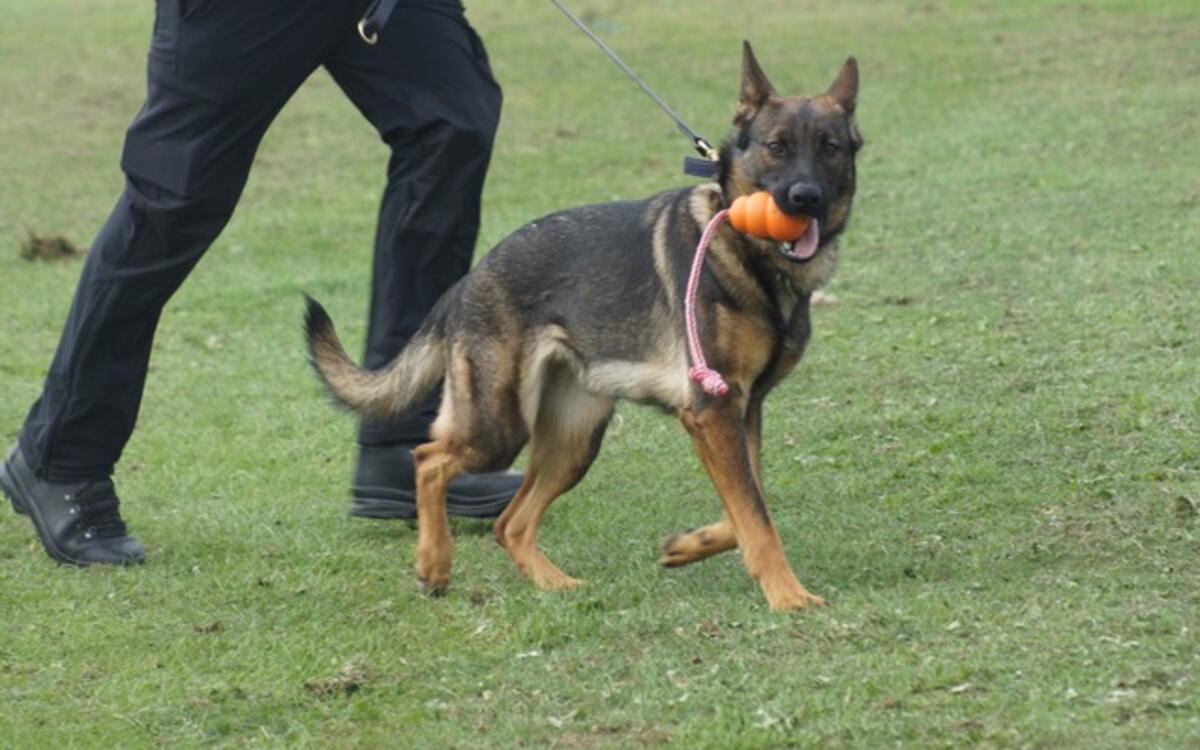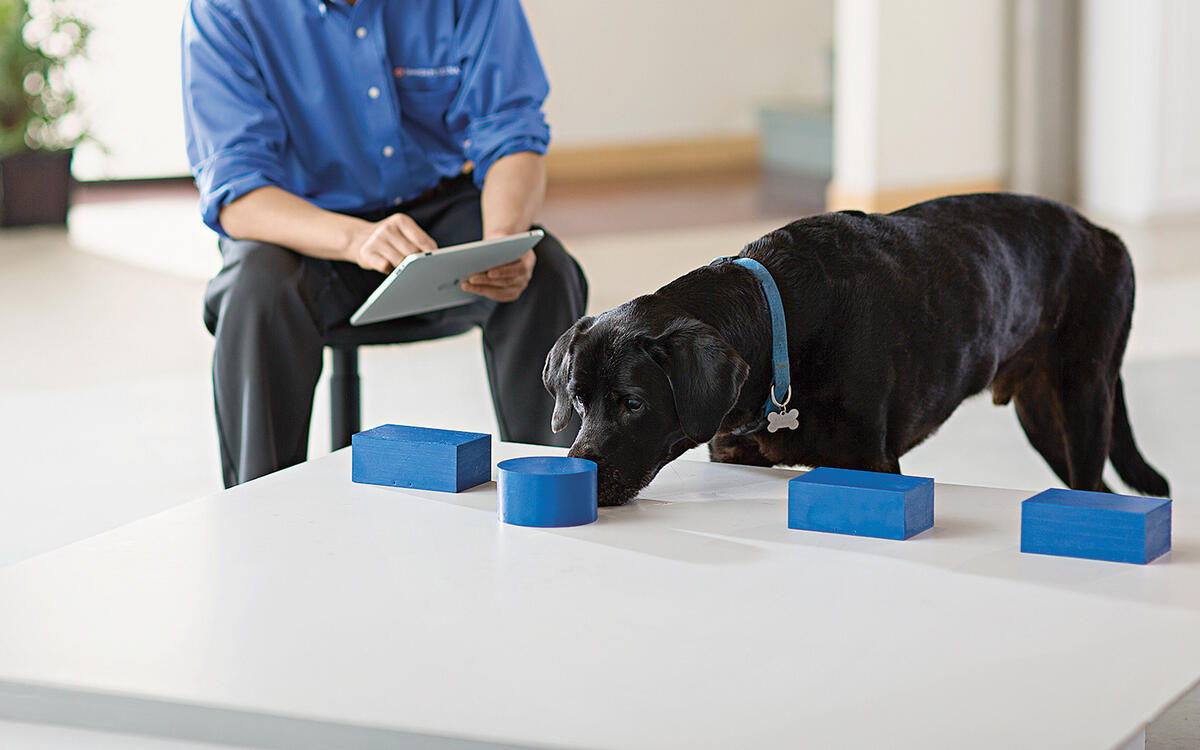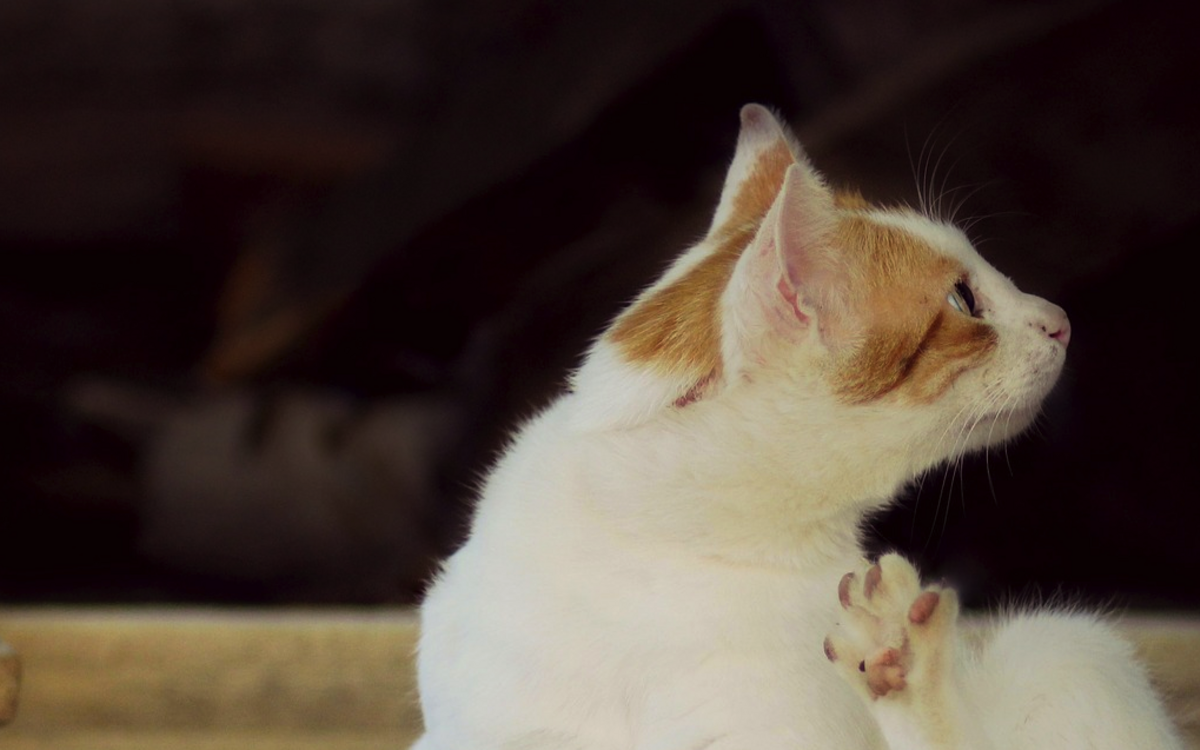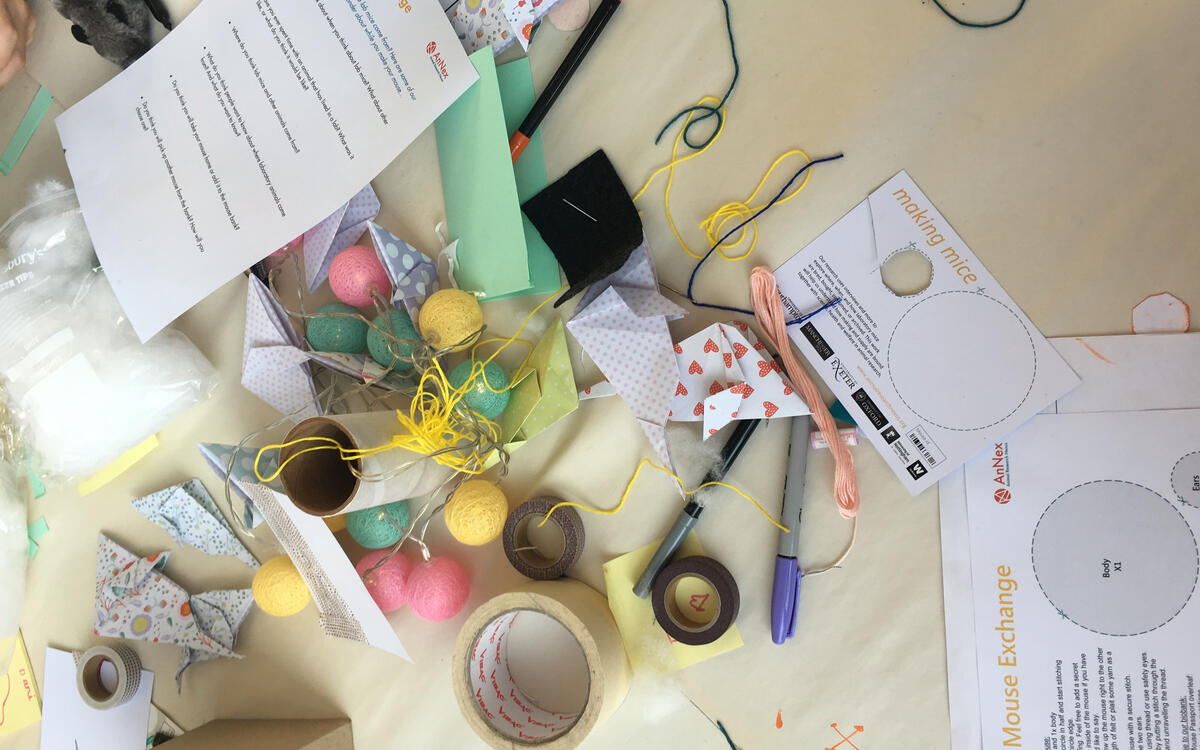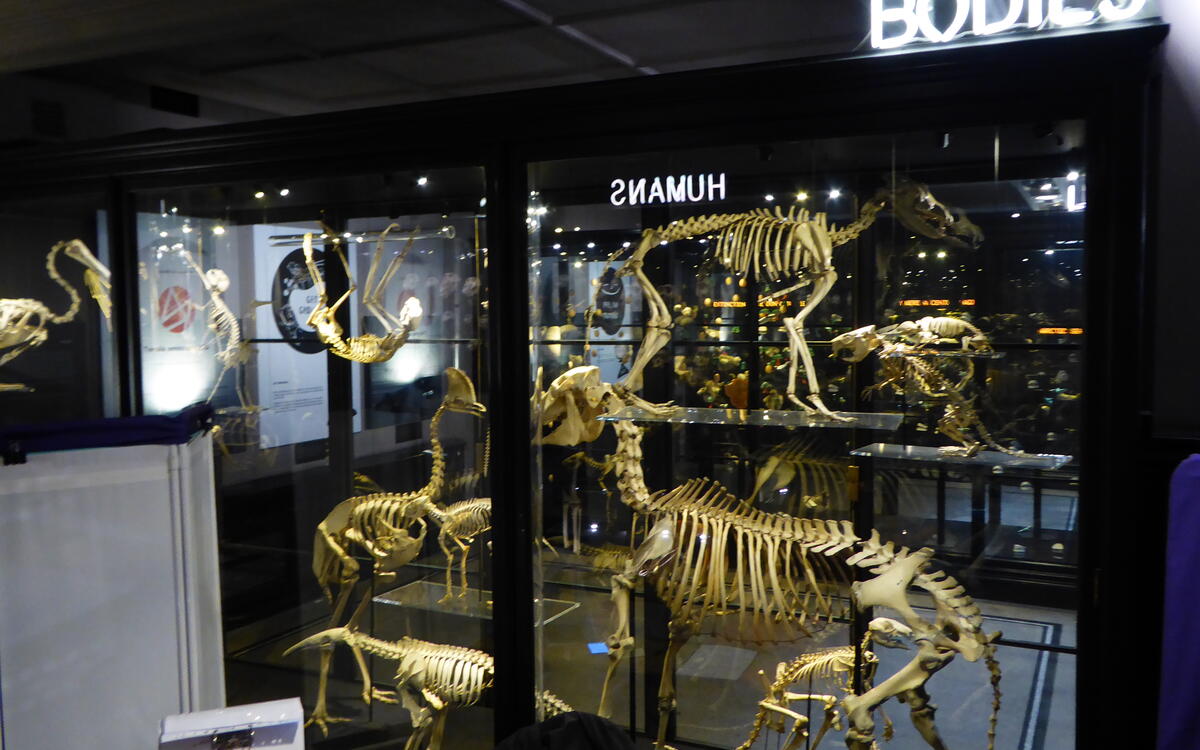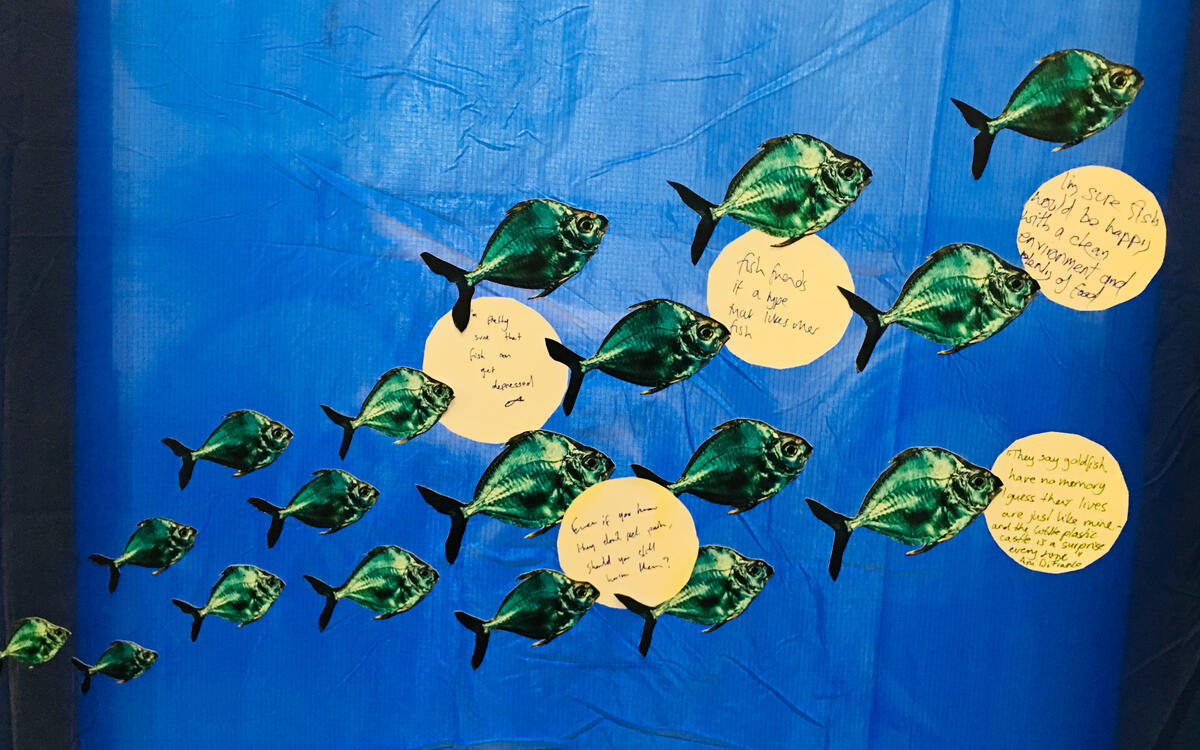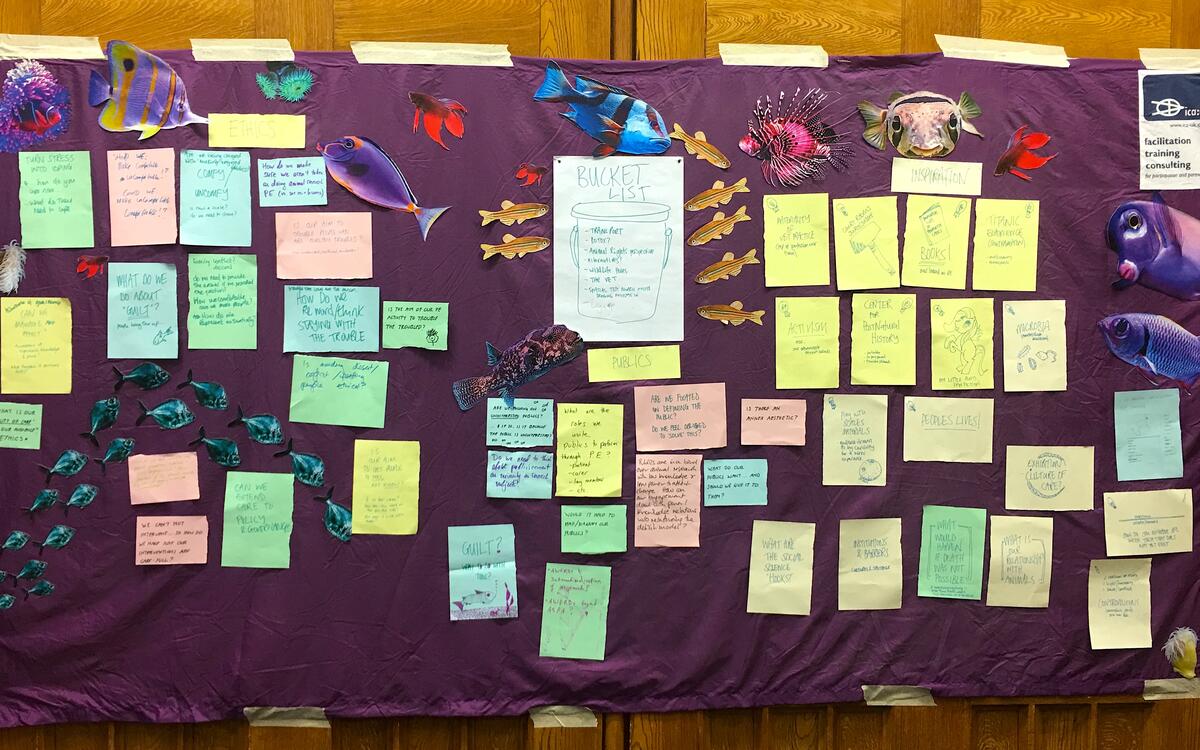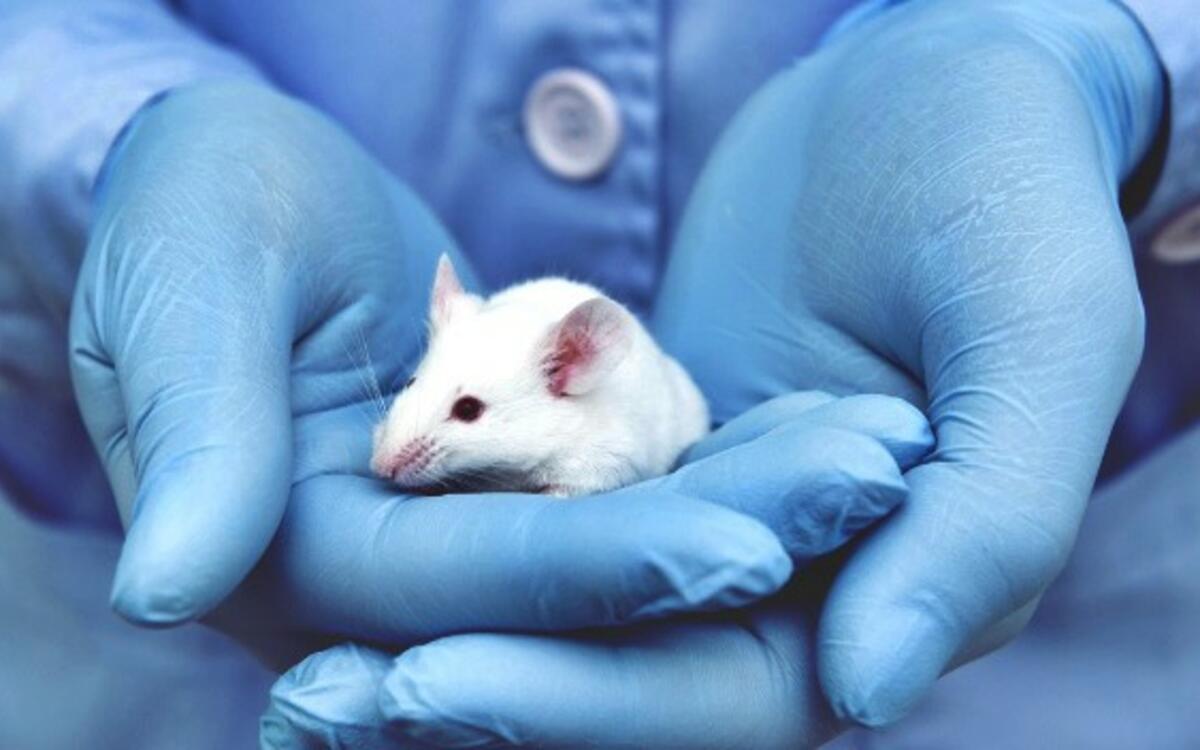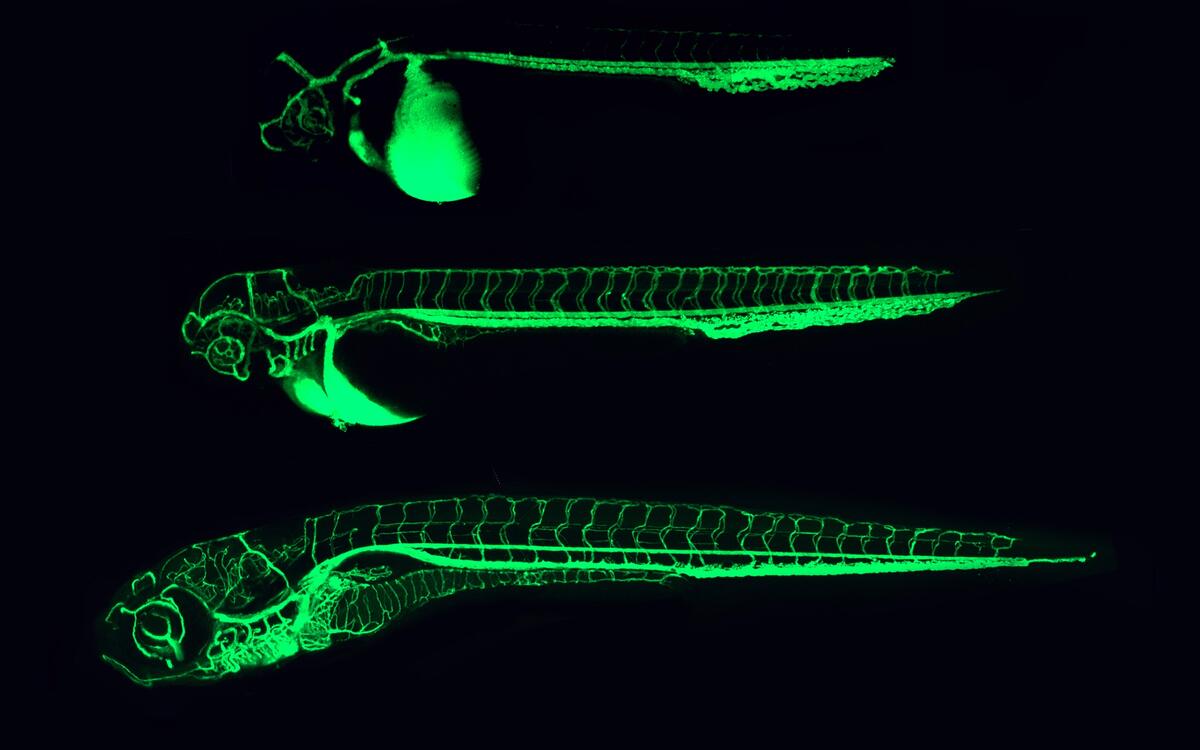On 5th March 2019 I attended a fantastic workshop, organised by the Leverhulme Trust funded Interspecies Connectedness project at the University of Warwick. This project focuses on dog training cultures as a way of exploring different forms of human-animal connectedness. The aim of the March workshop was to discuss some emerging findings with stakeholders such as dog trainers and welfare charities, and to jointly consider how best to maximise the overall impact of the research.
Blogs
Can animals volunteer to participate in research? If so, what does volunteering look like, and what does it mean for animal welfare?
Numbers can be a contentious issue in animal research. The Home Office reports statistics of laboratory animal procedures in Great Britain every year. These figures are then the focus of comment across the community, pointing out trends, opening up issues in measurement, and identifying opportunities for improvement.
There is no qualitative research into public understanding of the origins of research animals, which is a particular area of interest for the Markets and Materials strand. Where public opinion of laboratory animal research exists, it is most often directed towards its acceptability, not towards public knowledge of biomedical research practices of laboratory animal production.
A directive of the Collaboration and Communication strand of the Animal Research Nexus is to produce dynamic pubic engagement activities that connect different perspectives and generate shared understandings. However, this is very complex as there are many factors to attend to.
In the Species and Spaces project, we’re exploring people’s perceptions around fish use, sentience, and how these shape and define assumptions around their welfare requirements. We wanted to see what the public thought about our research and, in a broader sense, how they felt about fish.
Projects by Bentley
At a previous meeting we were all asked to define what “nexus” meant to us.
Nexus, to me, is a woven net where experience and knowledge twist together to form ropes. Each knot creates a node of epistemic intersection, a mutable fractal built of community, expectation and obligation Venn diagrams. It is therefore impossible to pull at one strand without disturbing others. Perhaps the metaphor of playful disturbance is what I found most appealing.
Understanding and examining the significance of the laboratory space physically, practically, emotionally and metaphorically, is opening up new lines of social scientific enquiry regarding the relations between health, science and welfare
"How different does a fish really feel from one day to the next?" Zebrafish larvae become protected animals at the age of 5 days post fertilisation. At 4 days, they are not. Why is this?
Working within a multidisciplinary research environment provides every member of the AnNex team with unique opportunities to think outside the boundaries of their own discipline and benefit from exposure to the methods and perspectives of other humanities and social science researchers. As a clinician with experience of working as a Named Veterinary Surgeon (NVS) I feel well qualified, in one sense, to lead the ‘professions’ research stream which focuses on NVSs as one example of a professionalised laboratory role.
